Complete Guide for JR Tokyo Station : Let's master the ride! At Marunouchi Bus Stop
らいあん
Let’s travel our local world!
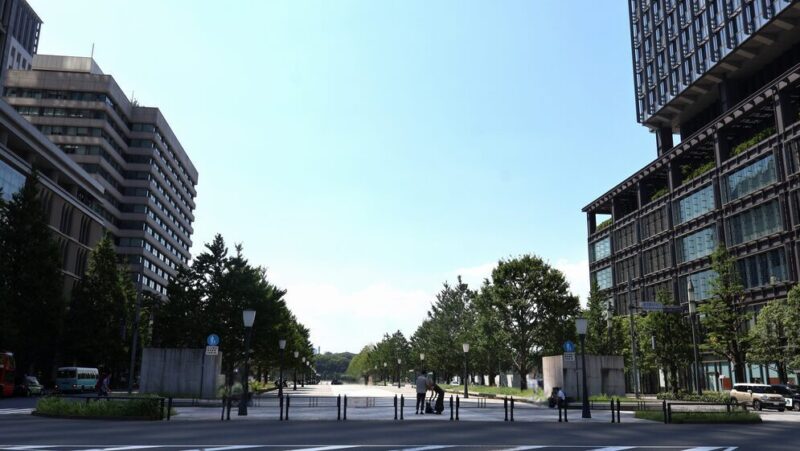

Aren’t all the exits the same?
Don’t worry, they’re not.
JR Tokyo Station is the gateway to Tokyo, the capital of Japan, where approximately 14 million people live. It is a huge terminal station where the Shinkansen, conventional train lines, and subway lines converge, making it an important starting point for many travelers. For locals who are familiar with the area, it is a very convenient station for various transfers. However, the large station is filled with people, platforms and exits. It's like a dungeon in a role-playing game. If this is your first time at JR Tokyo Station, you'll definitely get lost in no time!
"Marunouchi" is the area west of Tokyo Station facing the Imperial Palace, and the Marunouchi Station Building of Tokyo Station has been designated as an Important Cultural Property of Japan. In addition to the many things to see in the station building, there are many exits that are convenient for travel. Read this article and feel the history of Tokyo Station while smoothly using JR Tokyo Station without getting lost!
*This page contains advertisements and promotions.
On the ground level, there are three exits in Marunouchi: (1)Marunouchi North Exit, (2)Marunouchi Central Exit, and (3)Marunouchi South Exit, from north to south.
Please refer the number to the following image for the place of each exit.
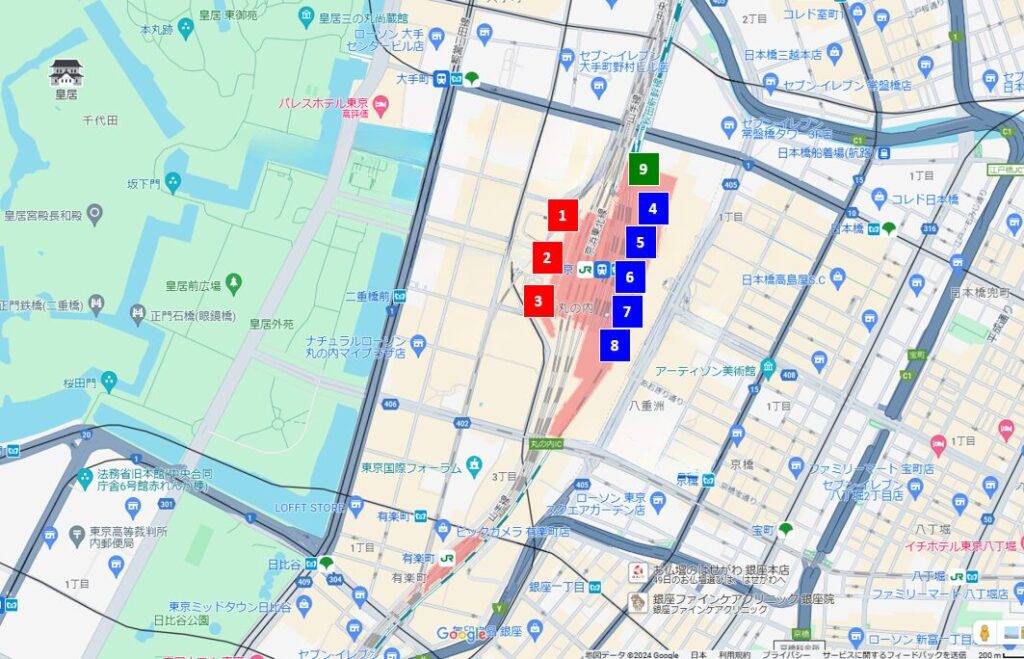
Next, let's take a look at the Tokyo Station Marunouchi Station Building from outside the station.
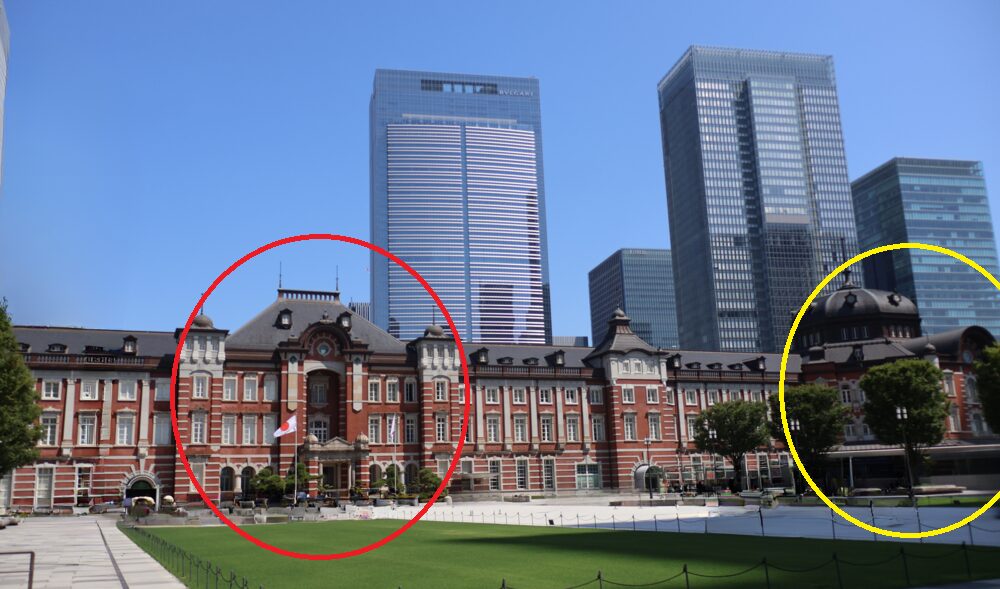
Tokyo Station, seen from the Marunouchi side, has a symmetrical brick exterior. The red circle indicates Marunouchi Central Exit, and the yellow circle indicates Marunouchi South Exit. Outside the photo, to the left of the Central Exit, is Marunouchi North Exit.
From here, we will take a closer look at each of the Marunouchi exits, starting from north.

The ceiling design at Marunouchi North Exit is stylish!
Marunouchi North Exit has a stylish and calm design ceiling. When you exit the ticket gate, you can see the impressive octagonal ceiling, restored to the original shape when Tokyo Station was first built in 1914. The ceiling is decorated with a flying eagle and reliefs of the twelve Chinese zodiac animals, so be sure to look up and find them.
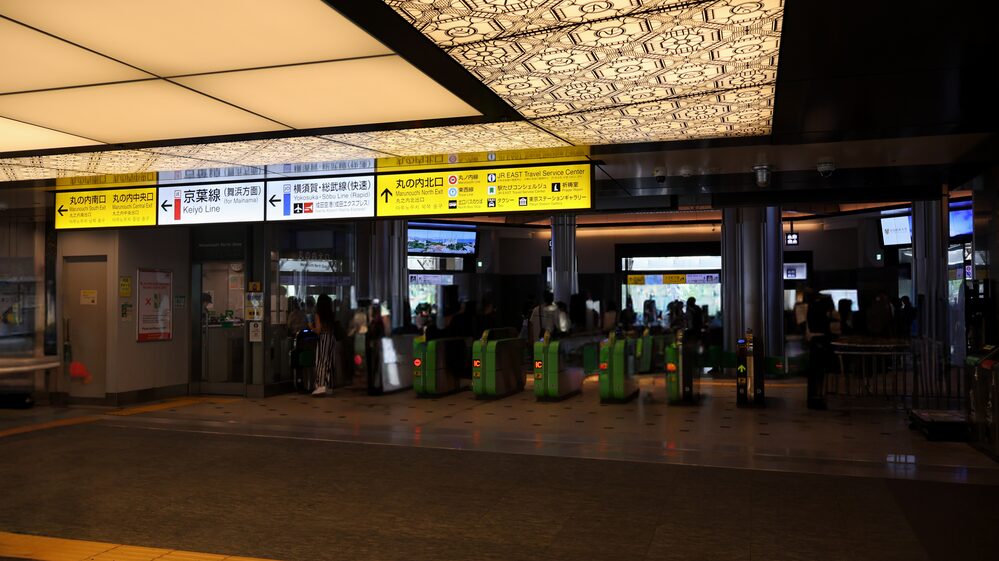
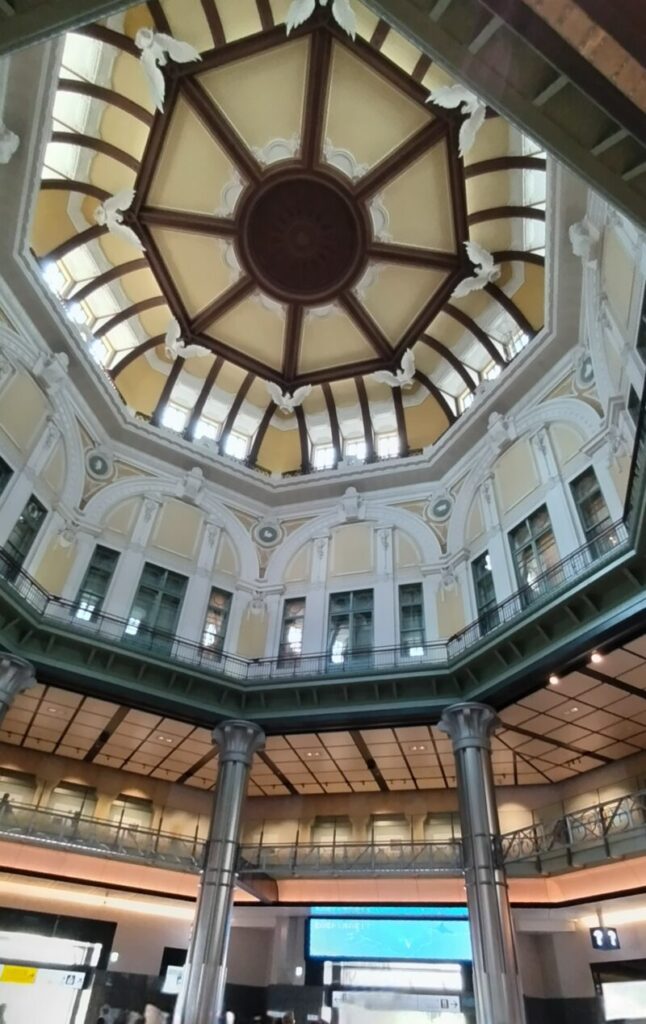
When you exit the station building from Marunouchi North Exit, you will see North Exit Bus Station right in front of you, which is convenient for transferring to buses heading to Tabata Station, Arakawa Dote, Yotsuya Station, and Kinshicho Station. It will be introduced how to transfer buses at Tokyo Station in another article.
Tokyo Station Gallery is located right next to the Marunouchi North Exit ticket gate. The exhibits at this museum change depending on the season. You can see all the works on the 2nd and 3rd floors in about an hour. For details such as admission fees and temporary closures, please check the Tokyo Station Gallery website.
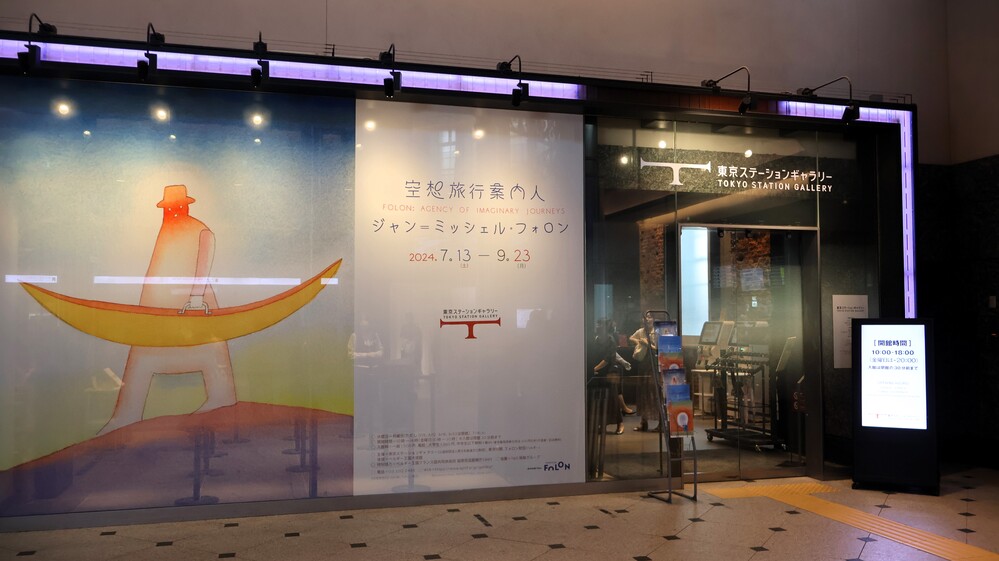

Please come and see it when you have time to spare!
Between Tokyo Station Gallery and the Marunouchi North Exit ticket gates, there is a free passage leading to Yaesu side (east side). This passage is very convenient as it allows you to pass through Nihonbashi Exit and Yaesu side in the shortest distance without going through the ticket gates.
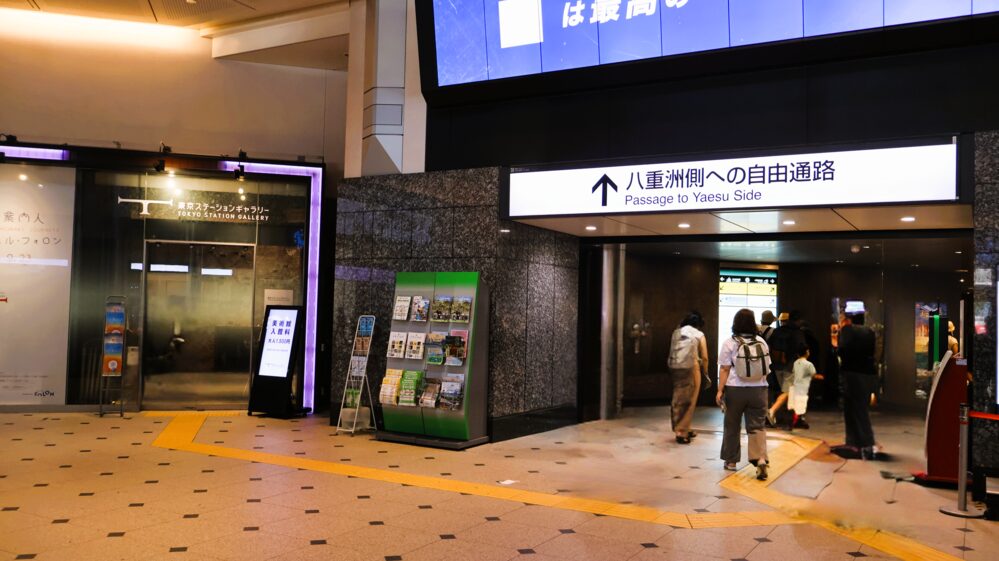
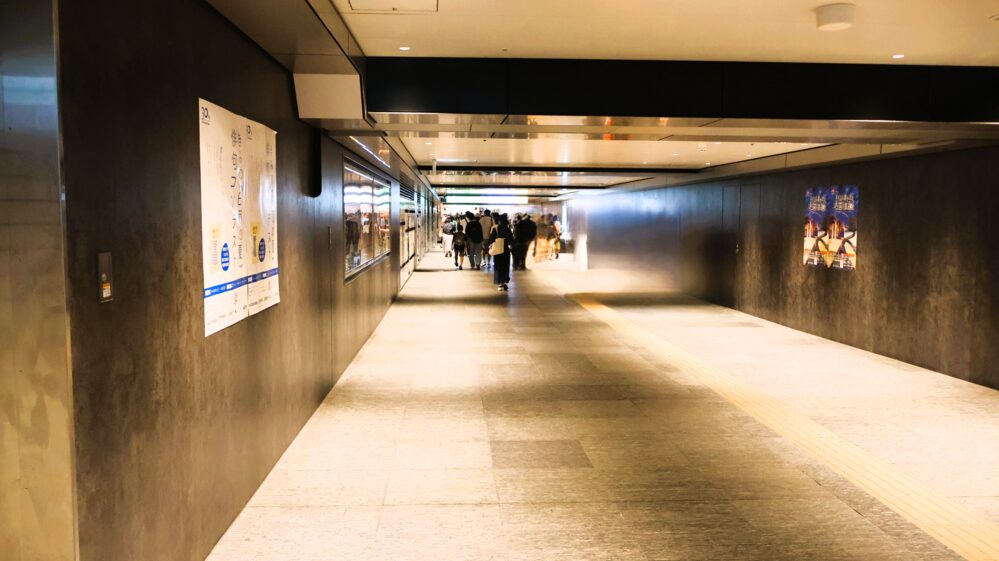
The Marunouchi Central Exit is the largest of the ground level exits in Marunouchi. It is very lively with many people.
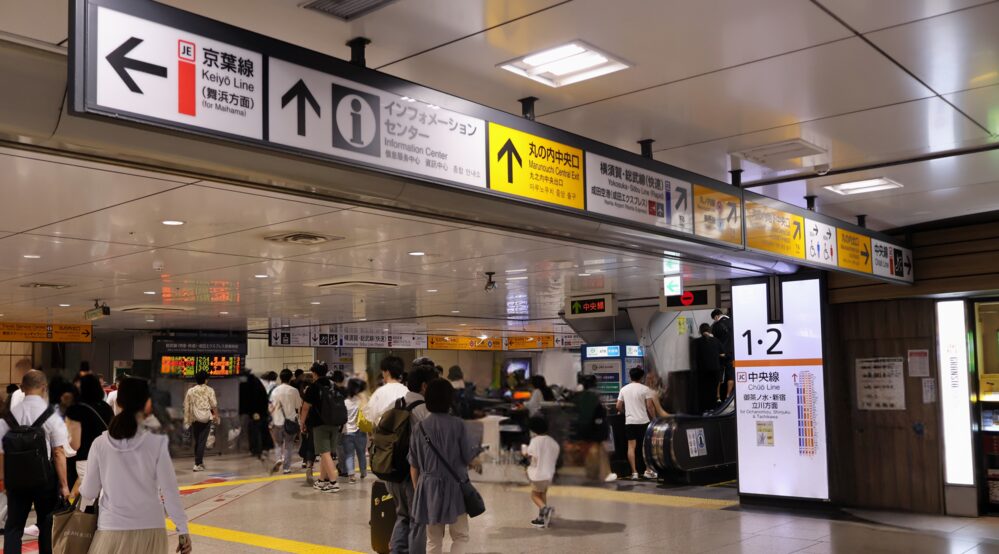
When you leave Marunouchi Central Exit, you will find yourself on the wide Gyoko-dori street that stretches straight to the Imperial Palace. Normally closed to traffic, cars only pass through on special occasions such as Imperial events. Both sides of the street are lined with ginkgo trees, which turn a beautiful yellow in late autumn.
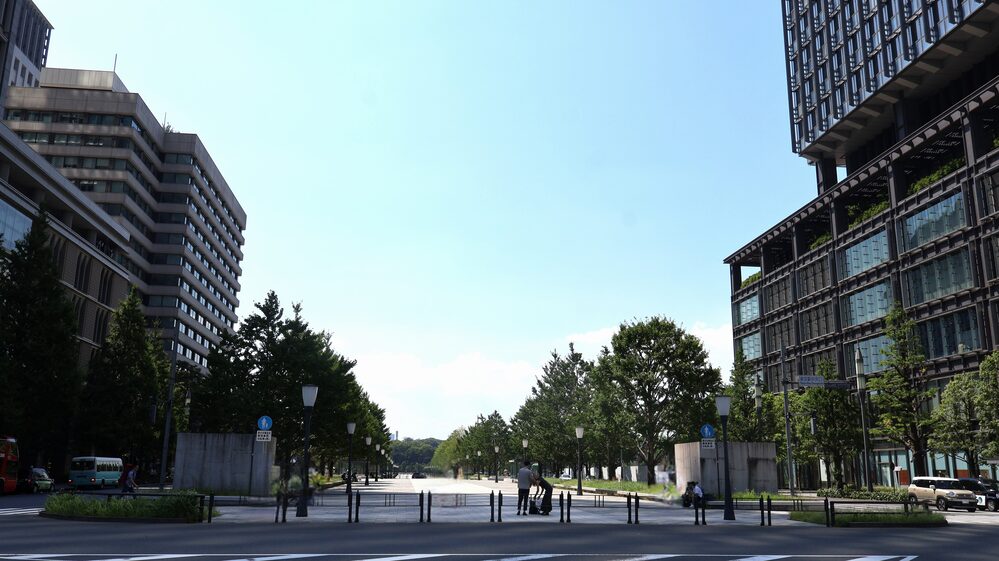
Immediately to the right of Marunouchi Central Exit, there are escalators, elevators and stairs (so called Central Passage Stairs) leading to Marunouchi Underground Central Gate. If you want to transfer to the Narita Express departing from the Yokosuka Line/Sobu Line Rapid Platform(Underground) or Tokyo Metro Tokyo Station (Marunouchi Line), the shortest route is to go from here.
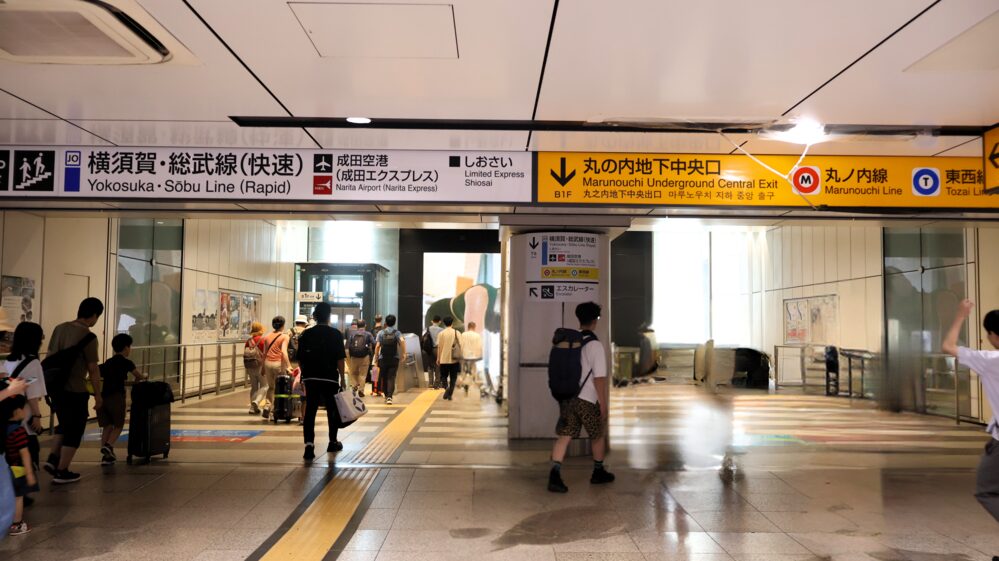
To the right of the escalator and stairs leading to the basement mentioned above is the "Temporary Luggage Storage." If you have large or heavy luggage that won't fit in a coin locker, you can conveniently store it here.
Opening hours: 10:00am - 8:00pm

Although it says “temporarily,” your luggage can be stored for up to 30 days!
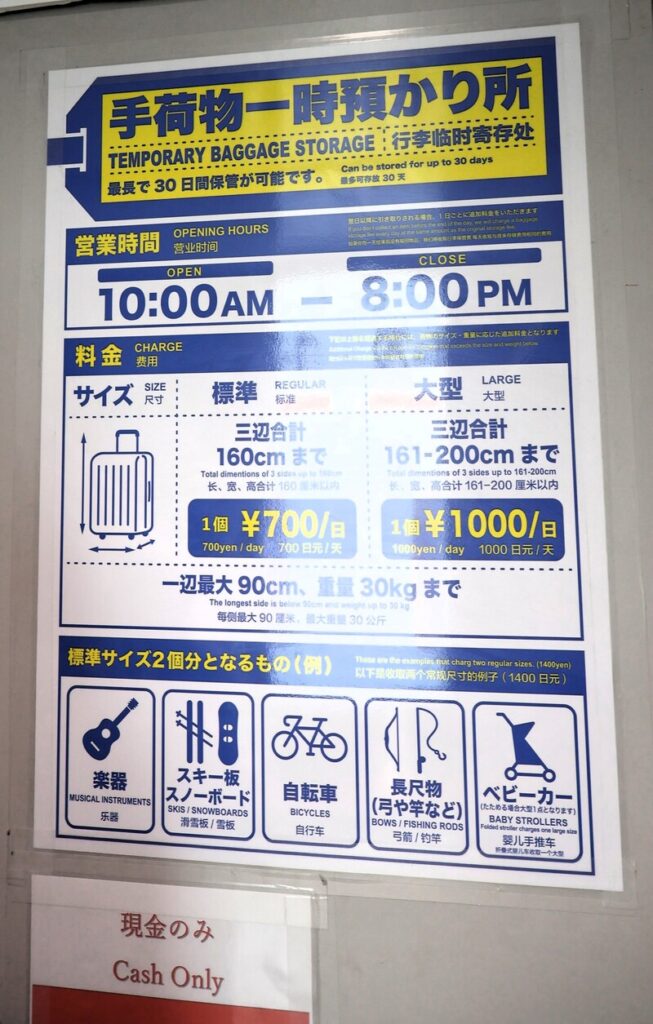

Unfortunately, payment is by cash only.
The Marunouchi South Exit is one of the ground level exits with relatively few people and a calm atmosphere. Right next to the Marunouchi South Exit (yellow area in the image) is the main entrance to the Tokyo Station Hotel (orange area in the image), which is convenient for those staying at the hotel.
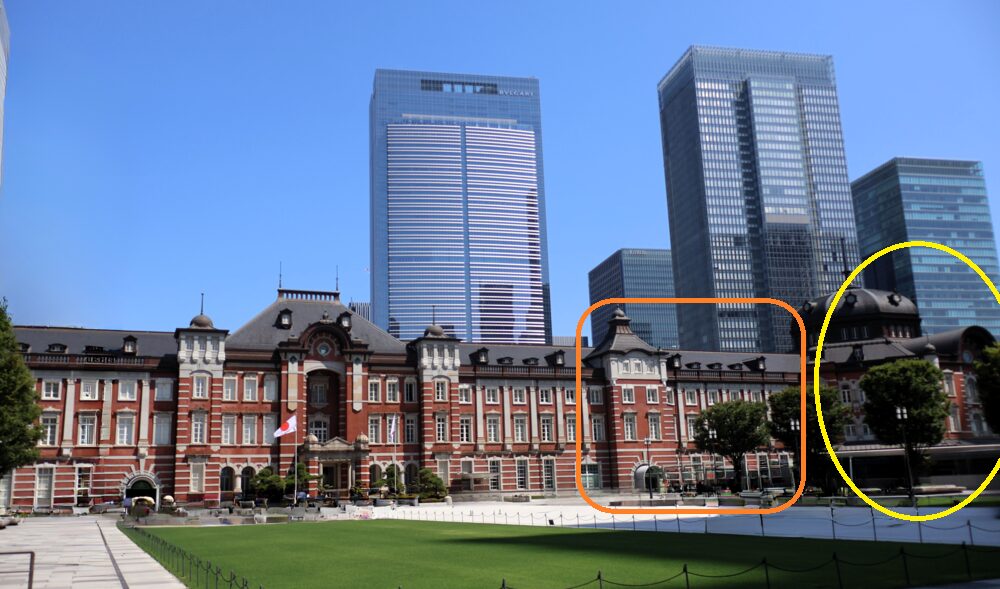
Tokyo Station Hotel was founded in 1915 and has a history of over 100 years. It is the only hotel located inside Tokyo Station, which is one of the country's important cultural properties. It was in this hotel that famous mystery novel author Seicho Matsumoto wrote his masterpiece "Points and Lines/Tokyo Express" and it is said that he got the idea for the trick using the Tokyo Station timetable while looking out at the platform from this hotel.

Walk around Marunouchi Station Building and feel the history!
When you leave the Marunouchi South Exit, you will find the South Exit Bus Stop at the rotary. Buses heading south from Tokyo Station depart from here. There are buses heading to Tokyo Tower, Tokyo Big Sight, Toranomon Hills, Tsukiji, and more, making this a convenient bus stop for tourists as well as locals. It will be introduced how to use the buses at Tokyo Station in another article.
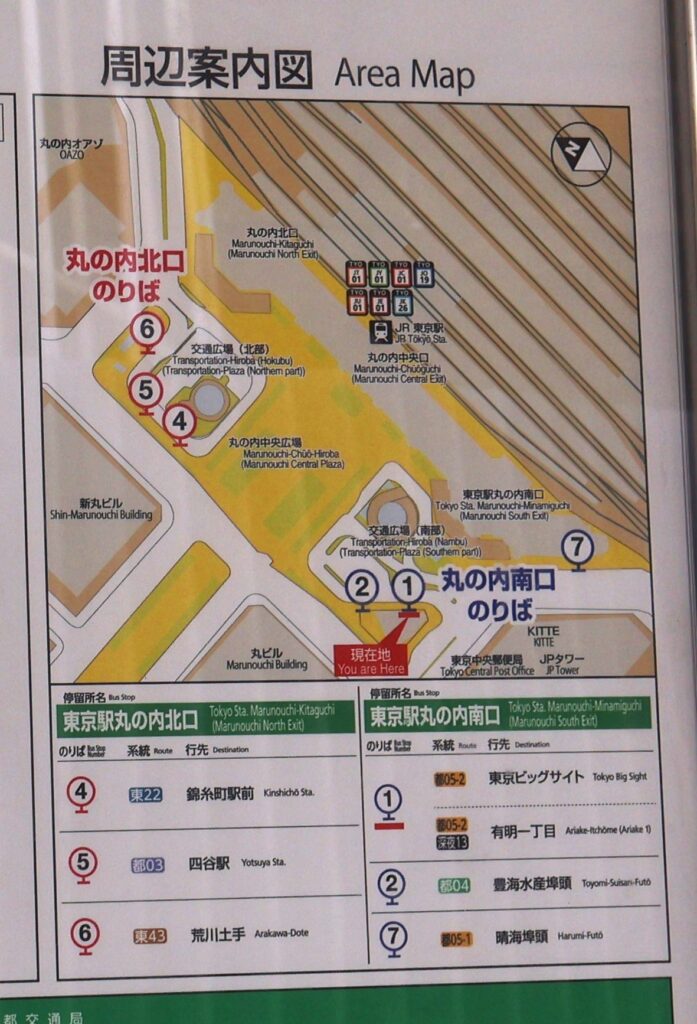
Have a nice trip!